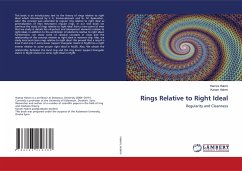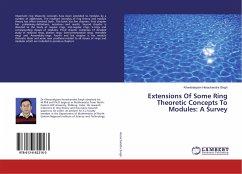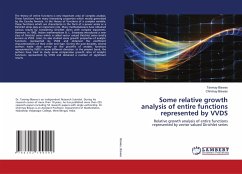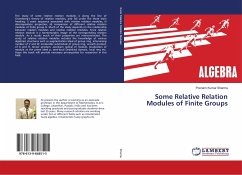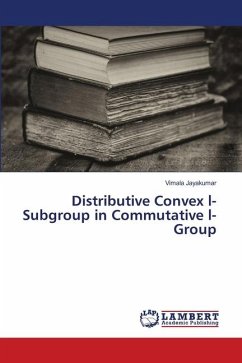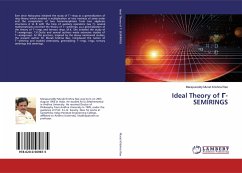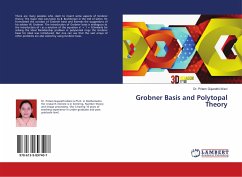This book is an introductory text to the theory of rings relative to right Ideal which introduced by V. A. Andrunakievich and Yu. M. Ryabukhin. Later this concept was extended to regular ring relative to right ideal as generalization of (Von Neumann) regular rings. In our text book we continue the study of rings relative to right ideal from a new point of view that we study in details the nil-potent and idempotent elements relative to right ideal, in addition to the annihilator of elements relative to right ideal. Furthermore, we study some of classical concepts in rings and the relationship of this concept relative to right ideal in matrices ring. Also, we study local and clean rings relative to right ideal. We proved that a ring R is local if and only if every lower (upper) triangular matrix in M2(R) has a right inverse relative to some proper right ideal in M2(R). Also, We obtain the relationship between the local ring and the ring lower (upper) triangular matrix in M2(R) relative to some right ideal in M2(R).
Bitte wählen Sie Ihr Anliegen aus.
Rechnungen
Retourenschein anfordern
Bestellstatus
Storno

